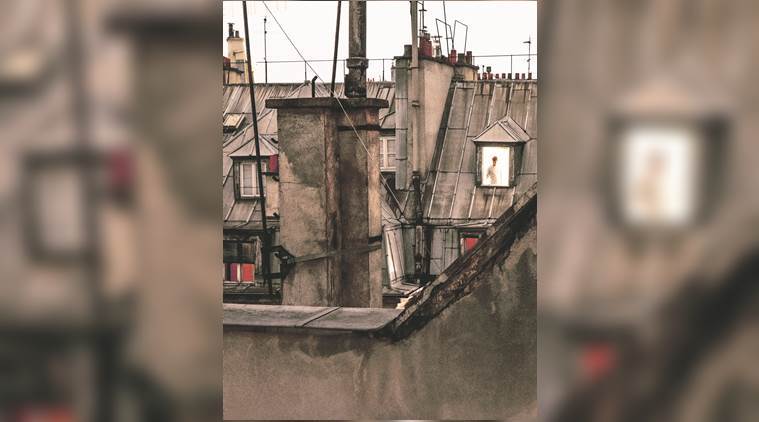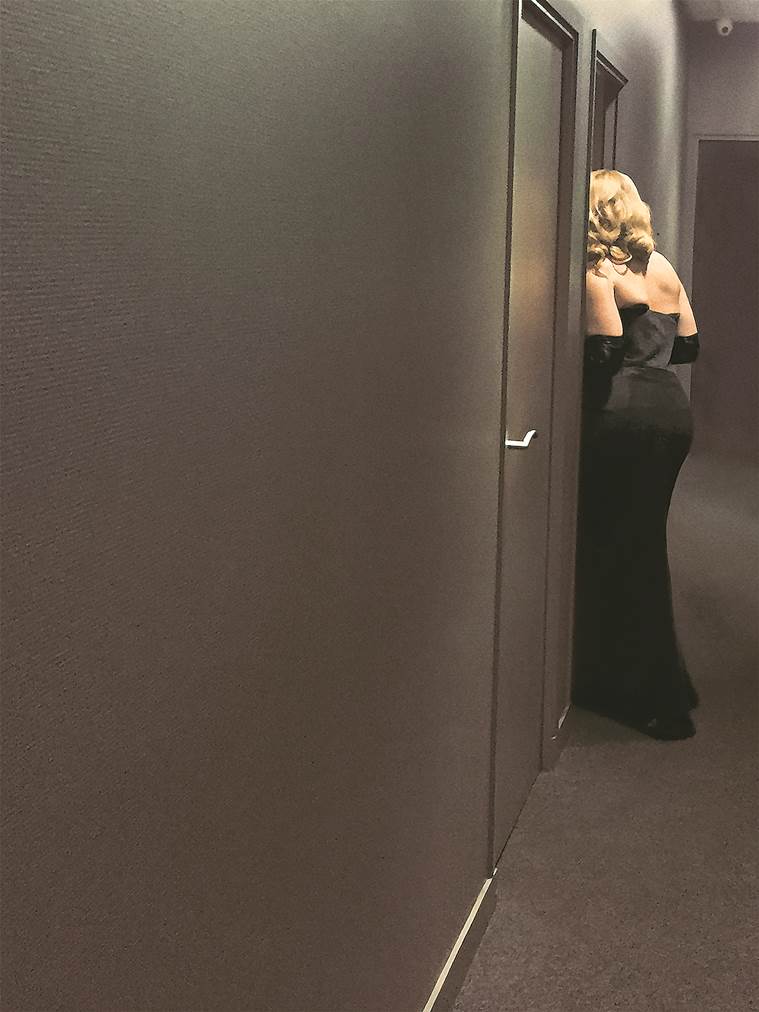In Other Rooms, Other Lives
Photographer and fashion industry veteran Leonardo Pucci's works resonate with the possibilities of many different stories.

Paris 9:21 pm.
When looking at Leonardo Pucci’s sensual, dream-like photographs, the viewer could feel like a voyeur. There’s an almost illicit thrill in these images, tantalising one with more questions than explanations, and thereby overturning the cliché about pictures speaking a thousand words. It’s no wonder then that the photographer, 49, who is Director of Dior Homme leathergoods and footwear division, has called his first solo “Episodes (without a real order)”. The show, which opened in Mumbai yesterday and is presented by Project 88 in collaboration with Sunaparanta, Goa Centre for the Arts, has been produced by Dipti and Raj Salgaocar and curated by Siddharth Dhanvant Shanghvi.
Excerpts from an email interview:
Do you begin with a concept in mind?
All my images are clicked spontaneously. Once the project starts, my eyes open wider and I begin to see things that I didn’t notice before. It’s incredible how many sensual moments go unnoticed every day. I have my camera with me, night and day, and when the opportunity arises, I try not to get too involved. I remain as detached as possible, trying to block, in a fragment, an action that is about to take place or has just been accomplished. I ‘interact’ with subjects with respect and attention. I don’t try many different shots, I don’t change the point of view too much. This detachment makes the image sensual but not vulgar or perverted.
Tell us about the title of the series.
All my subjects are totally unaware of being photographed. That’s why these images induce a vague tension in the spectator knowing that you are looking at something you shouldn’t be seeing. They may provoke curiosity, emotion or a feeling of discomfort. But, in my shots, this turmoil is temporary because the observer’s personal narration takes over immediately with great force. In the captions, the place and time of the shot, recorded meticulously, further creates the false idea of a storyline, while it really widens the possibility — intimate and subjective — of an underlying narrative of every moment. It’s what I call an emotional geography. All these possible and different ‘episodes’ are, therefore, part of a novel that is not divided into chapters …a novel that transcends the subject and goes well beyond the individual narrative consciousness.
Are there specific aspects of theatre that inform your work?
My way of thinking about photography owes much to theatre. Not in the concept of ‘staging’ but in the effect they produce in decoding ourselves as spectators. With theatre, we find ourselves following marginal details to discover spaces that open paths of forgotten emotions that are ready to come back to the surface. In the same way, in my images, I try to tell a story without saying everything about that story. I give the time and a certain setting but, through a careful play of atmospheres and colour calibration, I subtract concreteness from the subject.
How much does your work in fashion influence your photography?
For more than 20 years, I have been able to nourish my eye for beauty and conception through my work in fashion at Italian and French maisons, such as Bottega Veneta, Prada and Dior. In these last two decades, fashion has been one of the most important experimental terrains to obsessively redefine aesthetics and communication codes. This allowed me to carry on intense research on images concerned with beauty and art, but, above all, to develop an attentive and curious point of view, a sensuous way of observing the world and reality, constantly searching for a synthesis between the seduction of details without losing the force of the whole.
Which artists have inspired your work?
Two important artists who are always present at the back of my mind are Edward Hopper and David Hockney, for the way they compose their paintings, the lines, the planes, the way they isolate key elements, light, colours, their narrative vision, condensed with a dream-like sensuality.
Writers like (Raymond) Carver also have the immense power to capture a moment of life, to describe the sense of suspension and insecurity, to make you feel the presence of characters whose eyes or hair colour is almost never known, but whose deep soul tears are known, the disturbances, the secrets and all those small or large wounds well hidden under the skin.
The photographers that I refer to in my work are Franco Fontana for his use of colour and composition, and Saul Leiter for his lightness in grasping the simple moments of everyday life and, again, for the intelligent way he uses colours. Stephen Shore and William Eggleston for their aesthetic intuition. Joel Meyerowitz for his sense of immediacy. Among the more recent photographers, (I admire) Larry Sultan, Jeff Burton, Philip-Lorca diCorcia for his sophisticated ambiences, and of course Merry Alpern for her cheeky voyeurism.
The show is at Project 88, Colaba, till July 5, after which it is at Nature Morte, New Delhi, from July 25 to August 4.
For all the latest Lifestyle News, download Indian Express App






















 Leonardo Pucci.
Leonardo Pucci. Paris 1:37 am.
Paris 1:37 am.
No hay comentarios:
Publicar un comentario